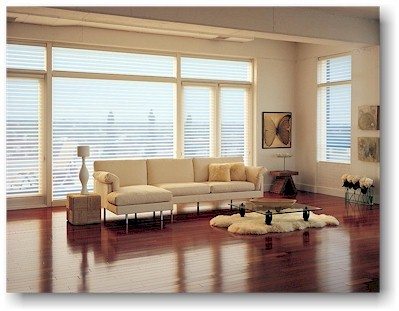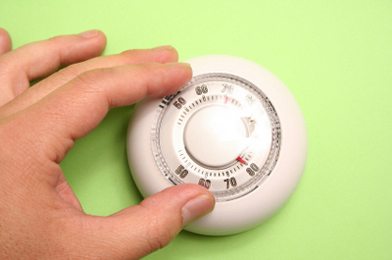6 Ways to Make a More Sustainable “Green” Home
By: Molly Rovero, LuxEco Editorial Assistant
Many homes weren’t build with Green in mind and home improvement has the connotation of spending a lot of time Here money, and let’s face it: not everyone always has a lot of either. Natural Remodeling for the Not-So-Green House, by Carol Venolia and Kelly Lerner, is a detailed guide about remodeling you can do to make your home greener and “Bring it into harmony with nature.” My favorite aspect of this book is summarized in small sections titled “Low Hanging Fruits Things You Can Do Today”. Here the reader can find smaller more manageable ways to help make a sustainable living home. If you don’t have time to start larger remodeling projects you likely don’t have time to sift through a 260+ page book, or perhaps it just isn’t on your list of things to do.
Here is a list of some of the home improvement ideas that can make your home more sustainable (or “Low Hanging Fruits”) found in the book:
Something to keep in mind when considering your options is to know your climate. Not every solution is perfect for every place.
Sustainable Home Improvement #1: Increased Sunlight:
Sunlight has been linked to many health benefits including protection from things like heart disease and depression but just remember when getting your daily dose of vitamin D to wear the proper sunscreen. Drat! Time is at it again… Here are some ways to increase natural light into spaces for when its just not feasible to bask in the sun.
Take a look at the ways in which space is used in your home. If possible move spaces around such as if storage is taking place in more lighted areas and other activities are stuck in the dark.
Rearrange rooms to best use what sunlight is available: Move more popular things such as chairs closer to natural light sources
Are your curtains covering your windows all day? Oops! There are many simple ways to tie back curtains.
Trees and plants can also cause potentially unwanted shade. Cut back foliage to allow for more light, but don’t forget to think about your climate and solar heat gain.
Haven’t cleaned in a while? Grab your favorite eco-friendly all purpose cleaner and give the windows a good bath. How long has that grime been there?
Remember! These are just quick fixes. If you are looking for fast, easy results today is not the day to go cutting holes into walls.
Sustainable Home Improvement #2: Heat! Heat! Heat!
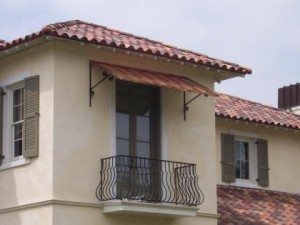 Solar heat is directly related to increased sunlight, or maybe lack there of. This is particularly important to remember in places where it gets brutally hot or where temperatures drop below comfortable. Heating up or cooling down a space can have a lot to do with Mr. Sun.
Solar heat is directly related to increased sunlight, or maybe lack there of. This is particularly important to remember in places where it gets brutally hot or where temperatures drop below comfortable. Heating up or cooling down a space can have a lot to do with Mr. Sun.
Those trees and plants from the sunlight section are important here too. Brr! It’s cold in here. Maybe those same plants that are blocking the sunlight are also blocking the same natural source of heat. I’m not advocating for the reduction of plant life but in some cases it may be helpful. Plants are also helpful when the problem comes from the opposite side, too much heat! Deciduous trees and plants, those seasonal ones like the trees that lose their leaves every fall, provide shade in the extreme heat of the summer months and allow for solar heat gain in the winter when it is cooler.
Add shade to reduce solar heat gain and decrease temperatures. Awnings and trellises can help block the angles of the harsh summer sun.
My windows do what?! Technology for windows has increased over the years. Insulating shades keep heat in during the winter and special films can reduce it during the summer.
Mass maters. Adding a few coats of plaster to the wall can help change room temperature.
Sustainable Home Improvement #3: Keep Your Home Breezy
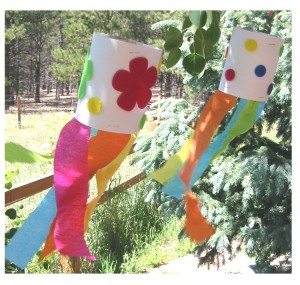 Natural ventilation is a great no cost green way to get air moving and cool down your home.
Natural ventilation is a great no cost green way to get air moving and cool down your home.
Windows again! …but this time it’s not the sunlight. Windows are key to natural ventilation and every type plays a part.
Casement Windows: Perfect for catching and directing airflow
Double-Hung Windows: Open both the top and the bottom to allow cool air in and hot air out
Transoms: Open these up to provide an escape for the rising hot air
Wind Socks aren’t just for airports and shooting ranges. They are a useful tool for telling you which direction the wind is blowing. If you have children making them might be a fun family project and a great way to learn about their surroundings.
Psych! You only thought it was that cool. Plants such as bamboo have psychological effects on your brain. Wind chimes can also help you “enjoy the effects of wind amplification”.
Sustainable Home Improvement #4: Fixing Little Air Flow Leaks Makes a Big Difference
 Air flow can occur in places where it isn’t welcome or in ares where you are least expecting it. Though some of these ideas are labeled as “More Advanced Steps” they are easy fixes for big problems.
Air flow can occur in places where it isn’t welcome or in ares where you are least expecting it. Though some of these ideas are labeled as “More Advanced Steps” they are easy fixes for big problems.
In order to fix leaks you must locate them first:
Leaks in windows and doors can be found by slipping a paper between them then closing it. Now pull it out. Did the paper rip? If you answered NO then you have a leak.
Opening windows downwind and using smoke, such as that of a smoking stick of incense, can help spot leaks
Ok. I found them. What next?
Caulking is good for gaps less than 1/4.
Sealant in the form of an expanding foam, such as great stuff (very sticky and difficult to remove from hands), can be used for large holes or gaps. Typically these are found around pipes and window/door frames.
Windows and doors can be sealed with weather stripping
Electrical openings such as outlets and switches can be sealed with a foam gasket.
Home Improvement #5: Water Water (Not) Everywhere
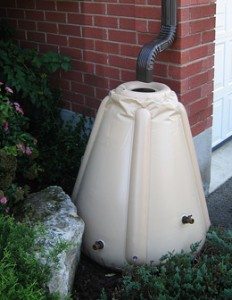 Water is Earth’s most precious natural resource that we as human depend upon for life. Unfortunately the majority of water is not potable (or drinkable) and making it so costs a great deal of money.
Water is Earth’s most precious natural resource that we as human depend upon for life. Unfortunately the majority of water is not potable (or drinkable) and making it so costs a great deal of money.
The best way to conserve water is to use less. Lucky for you there are a number of low-flow products that can be installed at places where water comes out including faucets and shower-heads.
Add a rainwater catchment to the end of a downspout. Remember to cover it lest you drown the Itsy Bitsy Spider or create a new mosquito breading ground.
As long as I can remember people have said to turn off the water while brushing your teeth. Ok! We get it! What else is there? Take shorter showers, which if your like me you like extra warm. Venoila and Lerner suggest catching the water used in “warming-up” the shower in a bucket to water the garden.
Water plants in the morning or evening when temperatures aren’t as hot to minimize evaporation.
Home Improvement #6: Energy- Never Enough
Conserving Energy is just as important as conserving water.
High water temperatures can waste energy. Lowering the temperature on the thermostat not only saves energy and money but also makes hot water safer. This is especially important with small children who can be easily scalded.
Hot water heaters have specially designed insulation that wraps around them. Make sure to do your research though because this kind of insulation is not meant for every model.
Exposed hot water pipes can be insulated.
Each of the chapters or categories in Venolia and Lerners’ book have “More Advanced Steps Things You Can Do Tomorrow.”











